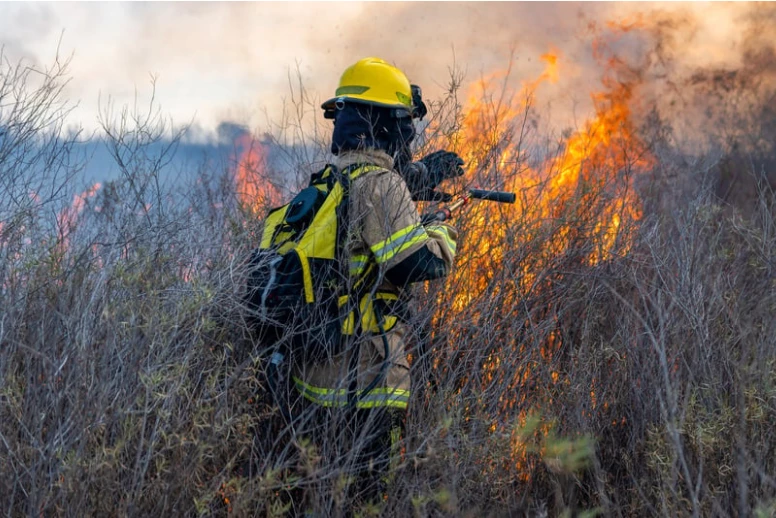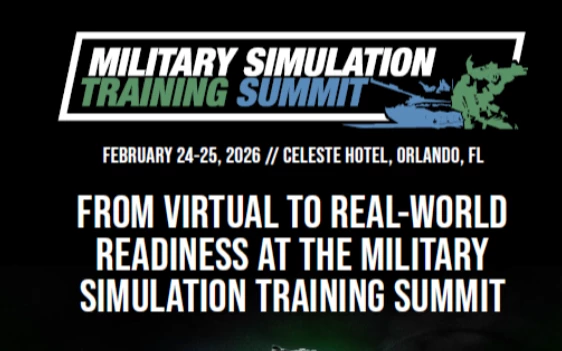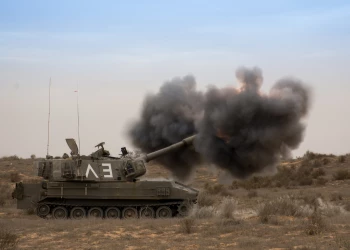Exclusive Interview with Major General (Ret) Charlton: Ground Combat Capability Gaps 2019 & Beyond
Add bookmark

Interview with Major General (R) John Charlton, Former Commanding General, US Army Test & Evaluation Command
In your opinion, what combat and acquisition priorities will take precedence in 2019?
I believe the focus will be on modernizing our ground combat capabilities across the board so that we can maintain our overmatch against potential adversaries. The Army will be focused on lethality and it’s key modernization priorities such as the next generation combat vehicle, long-range precision fires and future vertical lift. The US Marine Corps will continue to modernize and enhance their ability to conduct expeditionary and amphibious operations.
How does our current portfolio of combat vehicles compare to those of our adversaries?
We still maintain overmatch against potential adversaries but we have some aging fleets that need to be replaced with modern platforms that integrate the latest technology. The M1 Abrams tank, M2 Bradley Fighting Vehicle, M109 howitzer, the AH-64 Apache attack helicopter and the UH-60 Blackhawk helicopter are all tremendous systems and we continue to improve them. However, those platforms have been in service for decades so the time has come to develop a new generation of ground combat capabilities.
What capability gaps need to be filled?
There are many areas where we have gaps…some are small and others larger and more urgent. One of the more urgent gaps is in the area of protection. Our armored fleets continue to get larger and more heavy as we continue to improve their passive armor protection against the latest anti-armor threats. We need to ensure future ground combat vehicles have integrated active protection systems to defeat current and future threats. Autonomy and AI are other technologies that can be used to greatly reduce the risk to US military forces. One example would be to develop autonomous logistics convoys that reduce or eliminate the need for troops to man these vehicles. That means fewer troops are exposed to potential attack.
Speaking on an industry level, what lessons can the military learn from the application of artificial intelligence in autonomous vehicles?
AI and autonomy are coming fast in the commercial world. Autonomous vehicles are in use right now across the country and their use will continue to grow rapidly. One key benefit of autonomous systems is that they are safer than manned vehicles. They have sophisticated sensors that allow them to identify dangers and collision avoidance systems that better protect vehicle occupants from those dangers. The US military can use AI in autonomous vehicles to reduce risk to our troops by either making manned vehicles safer to operate or by eliminating the need to man certain vehicles at all, thereby taking our troops out of harms way. This technology has tremendous potential to radically change how we conduct important military missions like reconnaissance and security as well as logistics.
As the chairperson at the upcoming Future Ground Combat Vehicles Summit, what is one message you hope attendees will take away from the event?
This event is intended to strengthen the relationship between the military and the defense industry. Strengthening that relationship is essential to helping the US Military achieve its modernization priorities. Our military leaders have the opportunity to describe their capability gaps and modernization priorities while the defense industry can describe new technologies that close those gaps and meet those modernization priorities. This exchange of information is essential for rapid capability development and for ensuring our warfighters are equipped to defeat current and future threats.





















